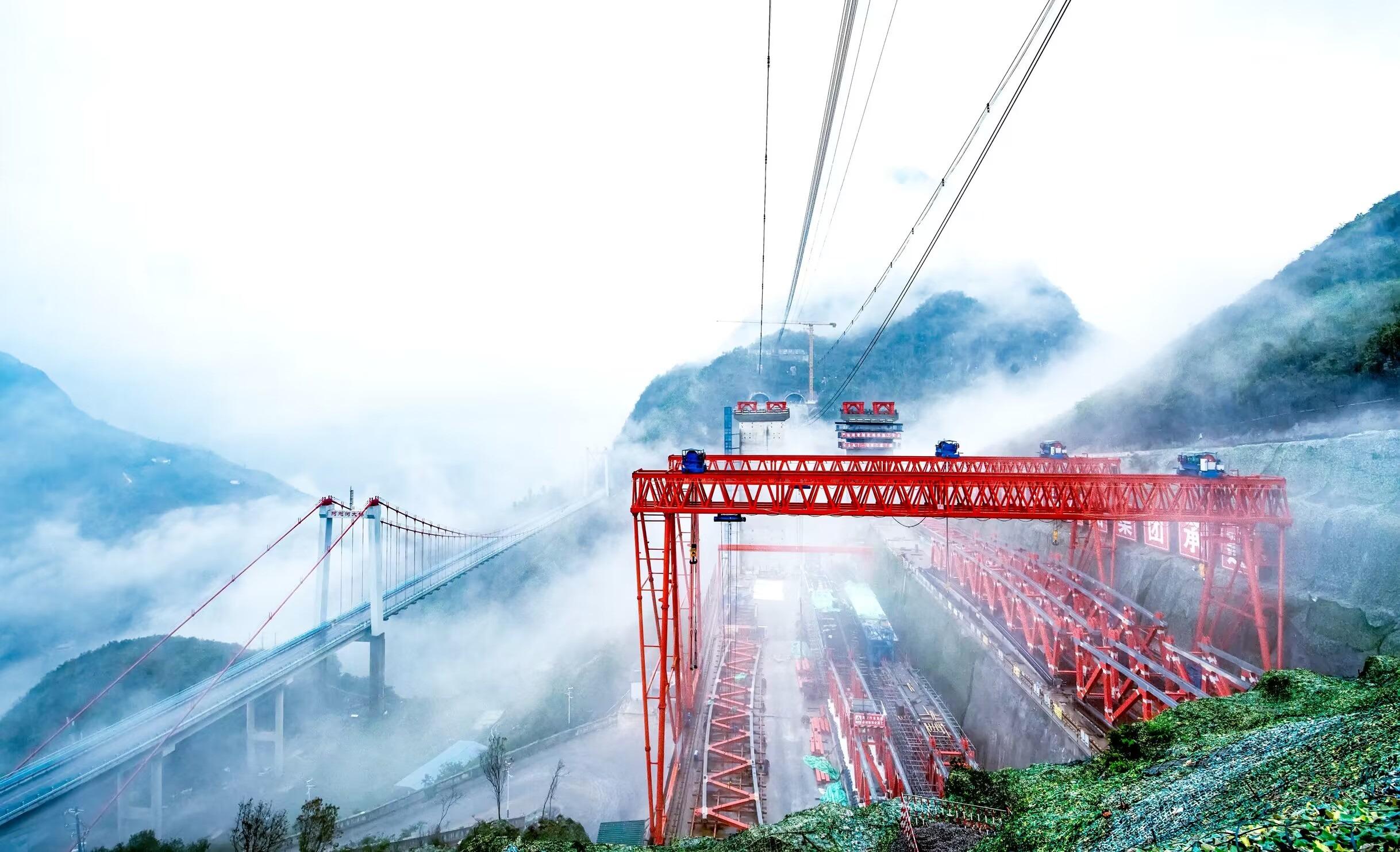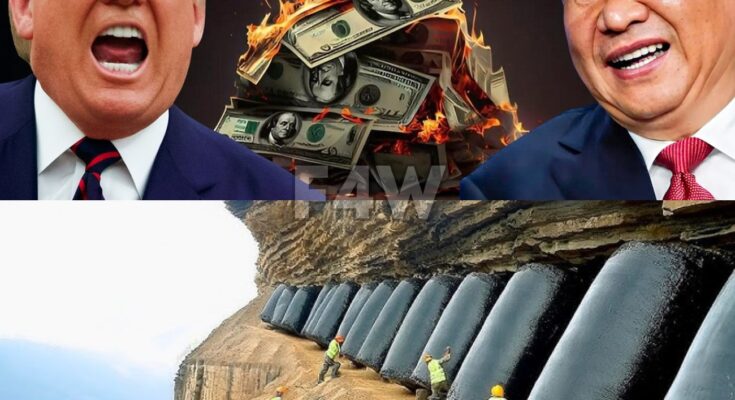In an unprecedented engineering feat, China has embarked on a project that has captured global attention: the construction of a 3,280-foot-high bridge, using rockets to lift concrete to a mountain peak. This ambitious initiative not only represents a significant technological advancement but also raises important questions about the implications of such methods on the environment, society, and international relations.

At first glance, the idea of using rockets to transport construction materials may seem like something out of a science fiction novel. However, this innovative approach stems from the challenging geographical conditions of the region where the bridge is being built. With steep mountains and difficult terrain, traditional methods of transporting heavy materials would be inefficient and time-consuming. By leveraging rocket technology, engineers can efficiently deliver concrete to the site, significantly speeding up the construction process.
Yet, this remarkable achievement is not without its controversies. Critics argue that the use of rockets for construction purposes could lead to environmental degradation. Rockets produce substantial emissions and noise, which could disturb local wildlife and ecosystems. Moreover, the infrastructure required to support such operations may further disrupt the delicate balance of the surrounding landscape. Environmentalists are voicing concerns about the long-term effects of this project, questioning whether the benefits of improved transportation infrastructure outweigh the potential damage to nature.

Additionally, this project has sparked debates about the priorities of the Chinese government. Some view the bridge as a symbol of national pride and progress, showcasing China’s ability to push the boundaries of technology and engineering. However, others argue that such extravagant projects divert resources from more pressing social issues, such as poverty alleviation and healthcare. The juxtaposition of monumental infrastructure against the backdrop of social inequality raises ethical questions about the allocation of national resources.
On the international stage, this bridge is poised to have significant geopolitical implications. By enhancing connectivity in remote regions, China aims to strengthen its influence and foster economic development. However, neighboring countries may perceive this as an assertion of dominance, leading to tensions in the region. The strategic importance of this bridge could transform not only local economies but also diplomatic relationships, as nations navigate the complexities of cooperation and competition in infrastructure development.

Moreover, the engineering methods employed in this project could set a precedent for future construction techniques worldwide. If successful, the use of rockets to transport heavy materials may inspire similar projects in other countries facing challenging geographical conditions. This could revolutionize the construction industry, making it possible to build in previously inaccessible locations. However, it also raises questions about safety and regulation. The potential for accidents or malfunctions in rocket technology could pose risks not only to construction workers but also to local communities.
In conclusion, the construction of a 3,280-foot-high bridge in China, utilizing rockets to lift concrete, represents a fascinating intersection of technology, environment, and international relations. While it showcases human ingenuity and ambition, it also invites critical discussions about environmental impact, social equity, and geopolitical dynamics. As this project unfolds, the world will be watching closely, eager to see whether the benefits will outweigh the potential costs. The bridge may indeed become a monumental achievement, but it serves as a reminder of the complexities and responsibilities that come with innovation.

